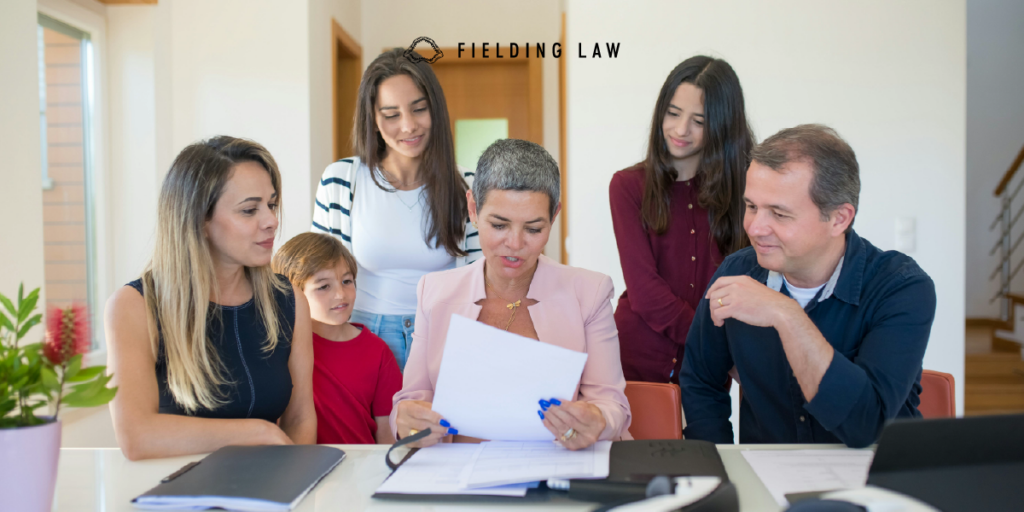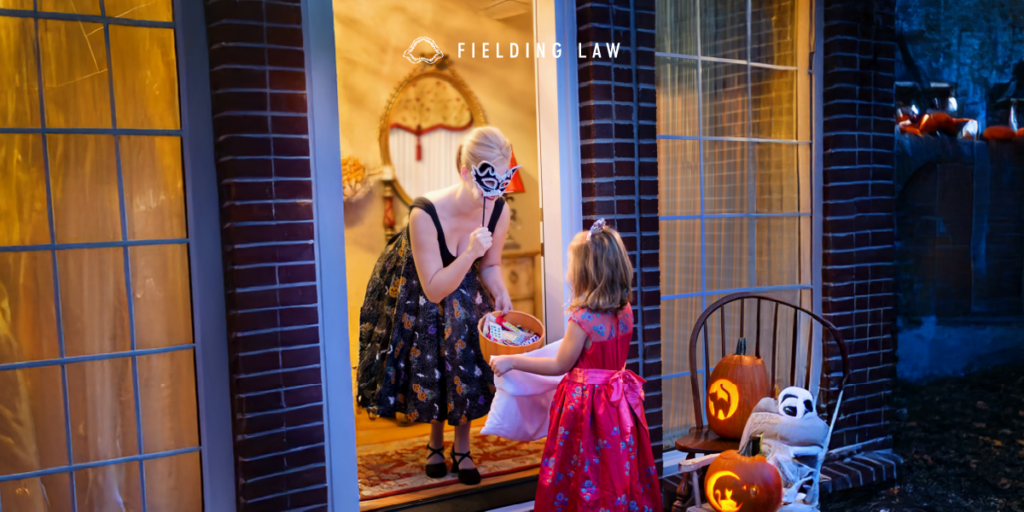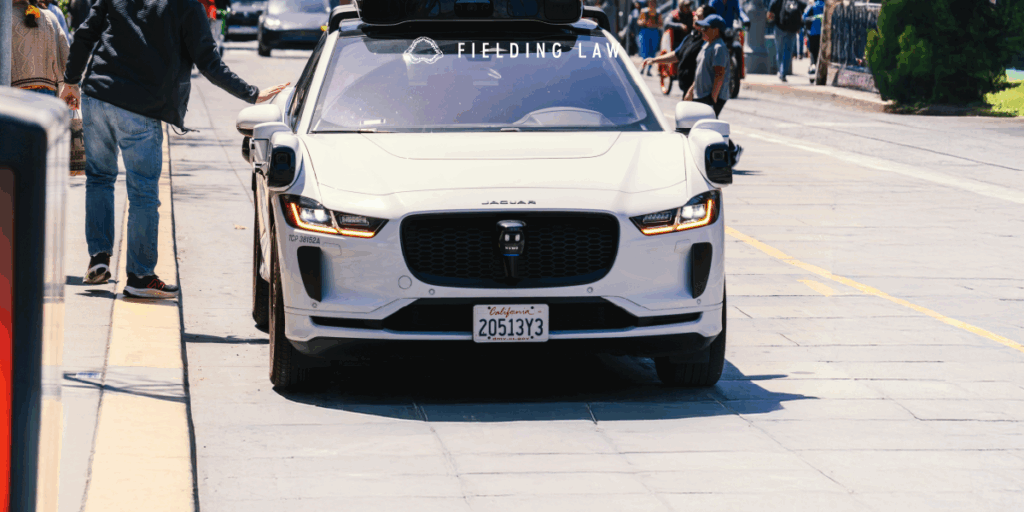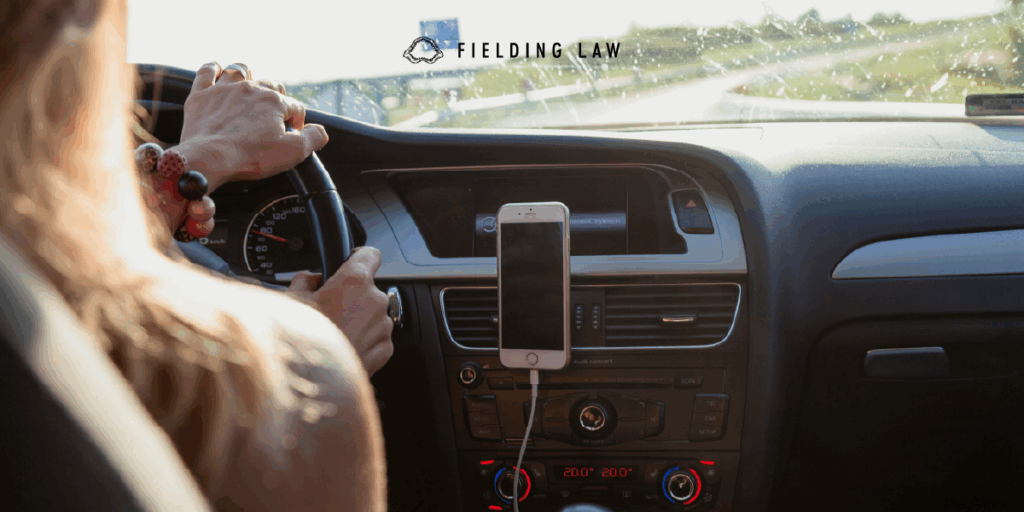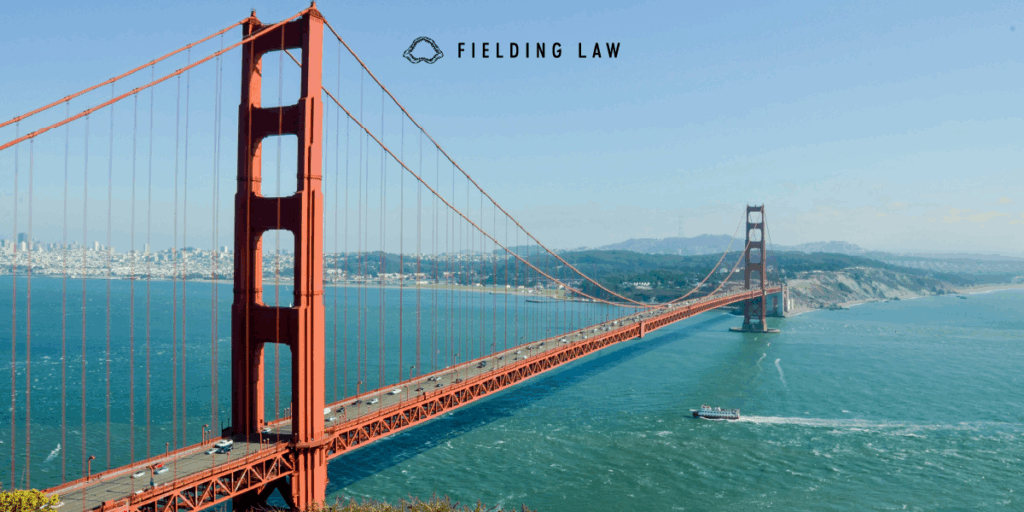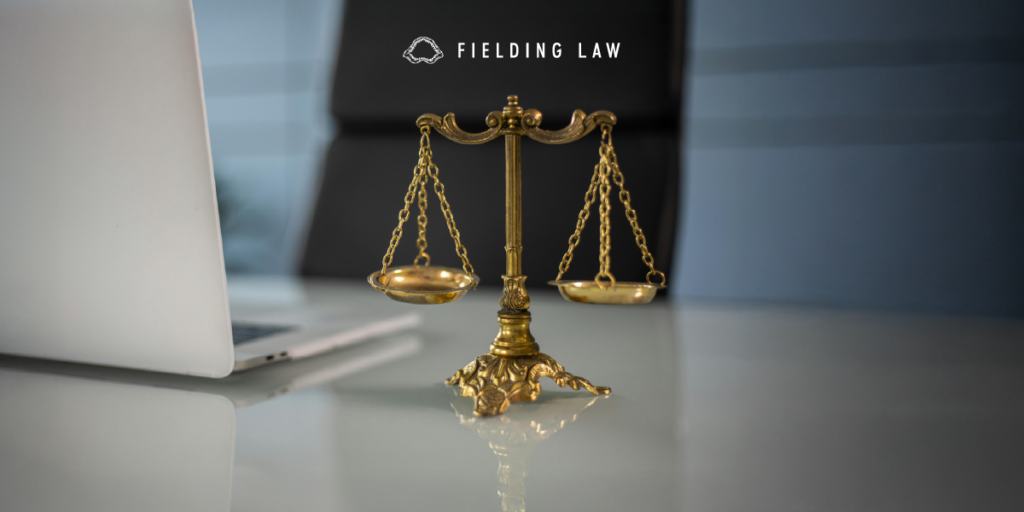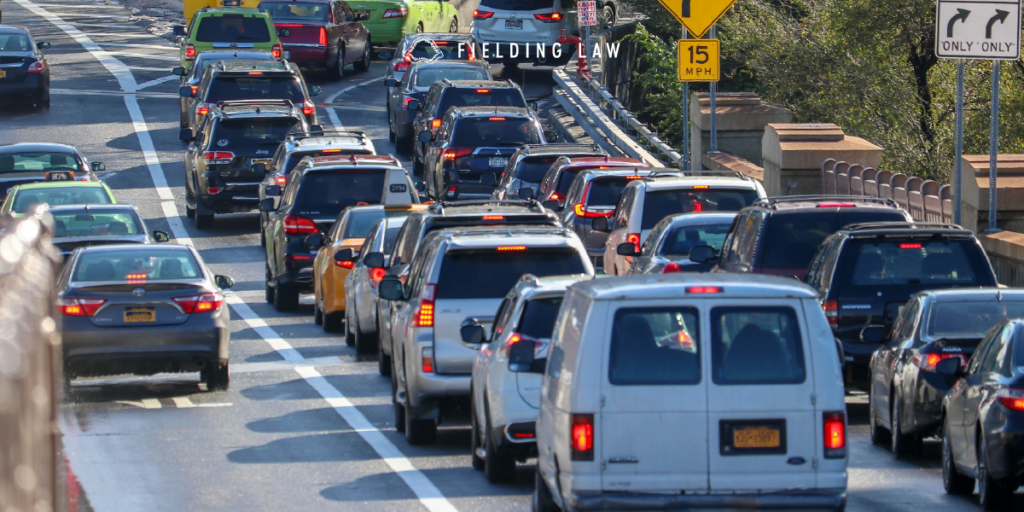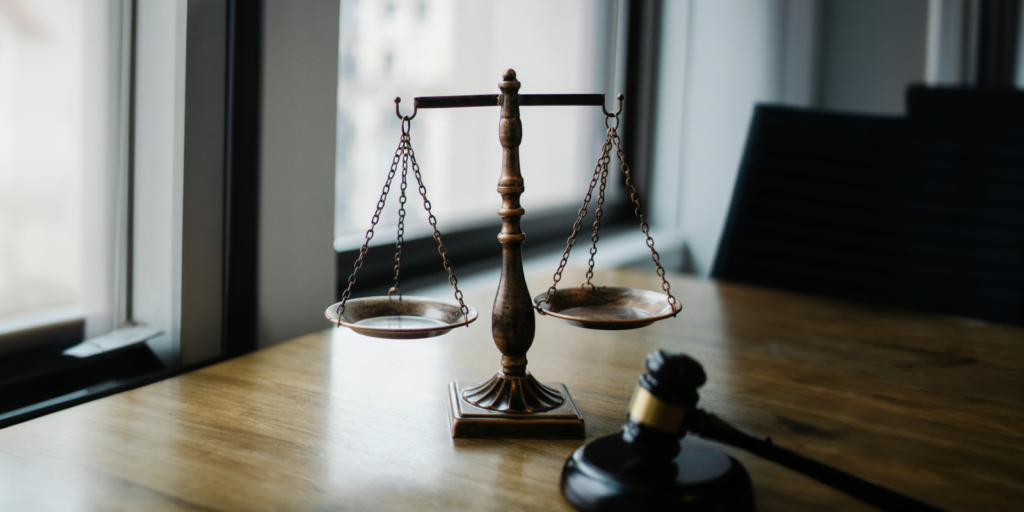
What Is Comparative Negligence
Accidents rarely have only one cause. Often, more than one person shares responsibility. Comparative negligence laws determine how much each party can recover in damages based on their percentage of fault.
Many states follow a modified comparative negligence system. In those states, a person can only recover compensation if their share of fault is under a set limit. Usually, the limit is 50 or 51 percent. If the person is found equally or more responsible, they cannot recover anything.
Arizona Uses Pure Comparative Negligence
Arizona does not use a modified comparative negligence rule. Instead, it follows pure comparative negligence. This means that even if you were mostly at fault, you may still recover some damages. Your recovery is reduced by your percentage of fault.
For example, if a jury finds you 80 percent responsible for a car accident with $100,000 in damages, you could still recover $20,000. That is because your compensation is reduced by your share of fault but not completely barred.
Why the Difference Matters
The difference between modified and pure comparative negligence is important.
-
In Arizona, you are never fully barred from recovery unless you acted intentionally, willfully, or wantonly to cause harm.
-
Every percentage point matters. Reducing your share of fault by even a small amount can increase your recovery.
-
Insurance companies may try to assign you more fault to reduce their payout.
Because Arizona follows pure comparative negligence, you have more opportunities to recover compensation, even if fault is shared.
Exceptions and Special Rules
Arizona law does limit recovery in cases where a person acted intentionally or with reckless disregard. In those situations, comparative negligence does not apply. Additionally, in certain product liability cases, contributory negligence is not a defense unless negligence is also claimed.
Why Hire Fielding Law
Comparative negligence cases can be complicated. Insurance companies often push for higher percentages of fault to pay less. At Fielding Law, we understand how to investigate, gather evidence, and present your case in the best light. Our team is professional, kind, and dedicated to improving the lives of each client through ethical and effective representation.
If you have been injured in an accident in Arizona, you do not have to face the insurance company alone. Call 833.88.SHARK to discuss your case with a caring and capable personal injury lawyer today.
Note: Information provided is for educational purposes and does not constitute legal advice. Always consult with a qualified attorney for legal concerns.
